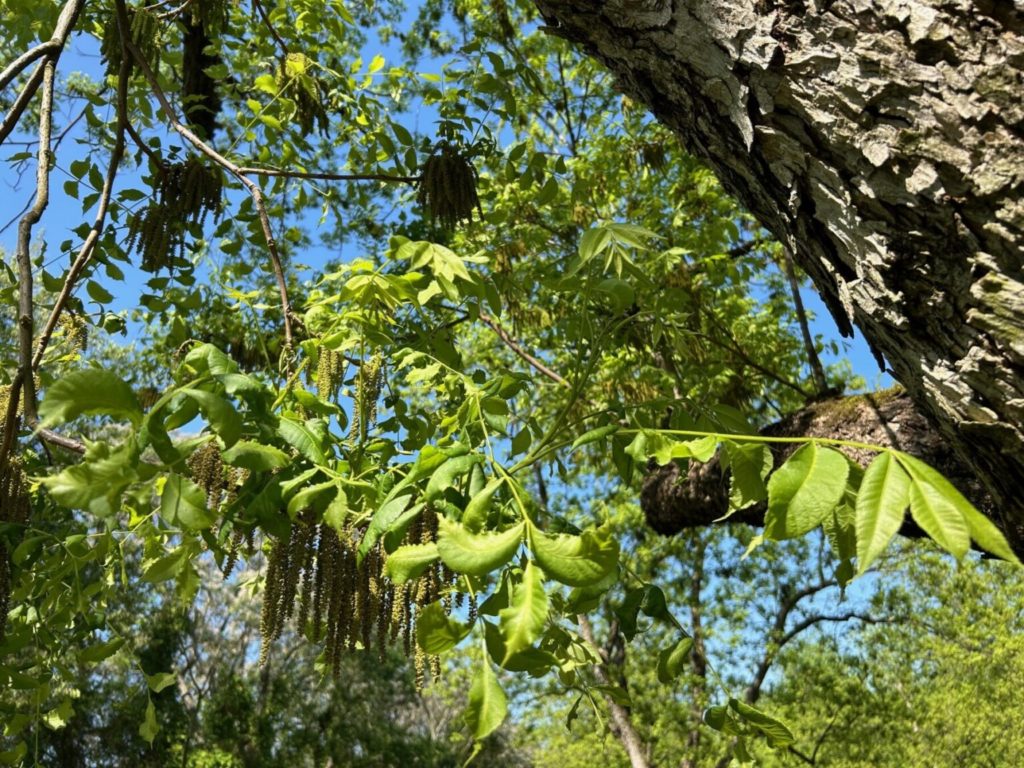
By Clint Thompson
Herbicide damage is showing up in Southeast pecan orchards. This is the result of row-crop burndown, according to Lenny Wells, University of Georgia (UGA) Extension pecan specialist. It also has some growers concerned about the potential impact of 2,4-D mix drift on this year’s crop.
“This is never a pleasant situation. It tends to be infuriating, nerve-wracking, and worrisome,” Wells wrote in the UGA Pecan Blog. “The good news here is that most of the time, the trees grow out of the injury. If the damage is light, there may not even be any crop loss. But there is potential for serious damage, loss to the crop and even whole branches from the trees.”
Wait and See
Unfortunately, the impact of drift may not be fully known until more than a month from now. That can frustrate producers who must make management decisions regarding this year’s crop. The sooner they know the extent of herbicide damage the better.
“You don’t want to pour money into it like you normally would if you’re not going to have a crop there. You’d still take care of the trees to try to keep them healthy, but you wouldn’t have to do quite as much as you would have to do to protect the crop,” Wells said. “The sooner you can determine that the better, but in all reality, it’s probably going to be towards the end of June before you can really tell what kind of crop is more likely to hang on the tree.
“These drift issues are always a wait-and-see deal, because every single case is different. You’ve got such a wide array of variables that can affect this whole thing. You’ve got the variety of the pecan. How far out was the foliage when it happened? What were the weather conditions? What materials were used? Which way was the wind blowing? What spray rig was used? There’s just a wide array of scenarios that can come into play.
“Most of the time, fortunately, in all of the years I’ve been working in pecans, most cases look a lot worse when it first happens than what they end up to be in the end. I’m hoping that’s the case for some of these.”
The impact of 2,4-D shows as twisted or curled leaves, the glyphosate as thin, strappy leaves on the new growth, and flumioxazin burns the foliage.










